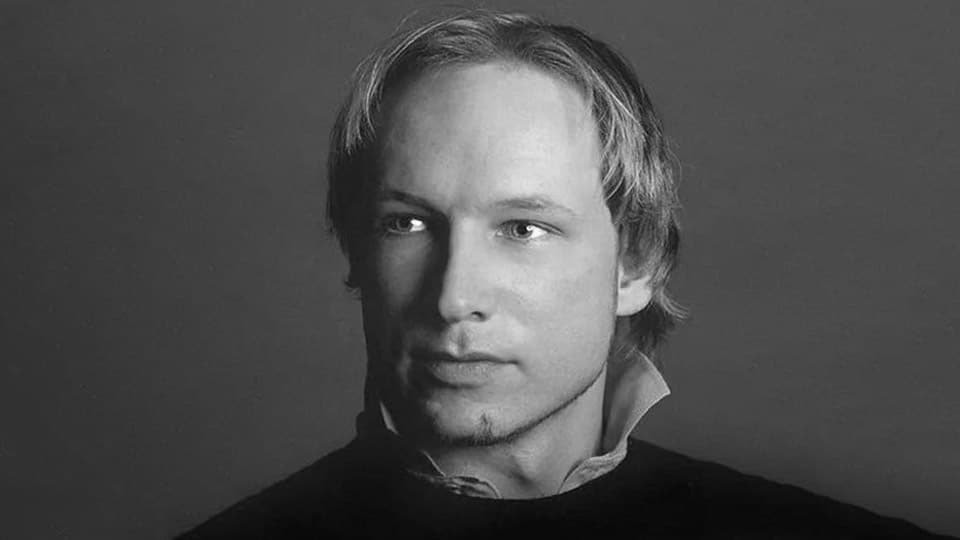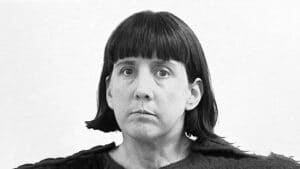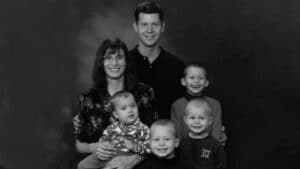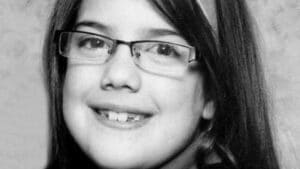Anders Behring Breivik is a Norwegian terrorist, born on February 13, 1979. His crimes occurred on July 22, 2011, when he carried out a bombing attack in the city of Oslo, killing 8 people. Shortly after, he invaded a peaceful youth camp located on the island of Utøya and, using firearms, killed 69 people and injured hundreds more. In total, Breivik killed 77 victims.
In 2017, he decided to change his name to “Fjotolf Hansen,” a name that was considered unusual by Norwegians because it references the word “Fjott,” which means “idiot” in the country’s official language1.
Childhood
Anders grew up in an environment that seemed quite ordinary. His father, Jens David Breivik, was a Norwegian economist, and his mother, Wenche Behring, was a nurse.
During his youth, Breivik attended various schools and even went through the confirmation ceremony in the Church of Norway at the age of 15. However, his path began to veer off course when he was deemed “unfit for military service” by the Norwegian Defense Department.
In 1997, at the age of 18, he suffered significant losses in the stock market, around $300,000, which shook his financial stability. Some people described him as an educated man who was always well-dressed2.
How the Attacks Happened
In 2011, at the age of 32, Breivik committed one of the most heinous acts in modern history. He disguised himself as a police officer and invaded the summer camp for the Norwegian Labor Party’s youth wing on the island of Utøya. Upon arrival, he opened fire, taking the lives of 69 children and teenagers and injuring many others. The firearms used in the crime were legally purchased, a pistol and a rifle3, as Breivik had a hunting license.
However, his crimes did not stop there. Before that, he also confessed to being responsible for the explosions that occurred in Oslo, just a few hours before the attacks on Utøya.
Oslo Bombing:
- On July 22, 2011, around 3:25 PM, a devastating explosion occurred in the center of Oslo, near the government complex called Regjeringskvartalet.
- The explosion took place in a vehicle parked near the Prime Minister of Norway’s office building, resulting in extensive damage to surrounding buildings.
- The explosion killed eight people and injured many others, causing great shock in the city.

Attack on Utøya:
- After the attack in Oslo, Anders Behring Breivik drove to the island of Utøya, which hosted a summer camp organized by the Workers’ Youth League (AUF), the youth wing of the Norwegian Labor Party.
- He was dressed as a police officer, which helped him gain access to the island without raising suspicion.
- Once on the island, he began shooting indiscriminately at camp participants, many of whom were teenagers and young people.
- The attack on Utøya lasted about 1 hour and 15 minutes and resulted in the death of 69 people, most of them young, and left many others injured.
- During the attack, Breivik also used psychological terror tactics, causing panic and confusion among the victims.
The events that unfolded shocked the world and led to Breivik’s arrest. Initially, a panel of psychiatrists diagnosed him with paranoid schizophrenia, claiming he was psychotic during the attacks.
This initially led to beliefs that he might be considered criminally insane and therefore not responsible for his actions. However, a second psychological assessment commissioned by the court concluded that his actions were motivated by pathological narcissism and extremist beliefs, making him criminally responsible for the heinous crimes he committed.
Conviction
Breivik was unanimously sentenced to 21 years in prison in August 2012, the maximum penalty under Norwegian law. Furthermore, his sentence is extendable and can be prolonged indefinitely if the courts determine that he continues to pose a threat to society. The custodial regime he is under is a legal figure in Norway that, in practice, can be equivalent to life imprisonment.
Breivik not only planned and carried out these terrible attacks but also sought notoriety. He wanted to be seen as a “freedom fighter” against an imaginary Islamic threat, even though his reality was that of a person filled with hatred and social isolation. The shooter wanted to be captured, distributed photos, and a manifesto with the aim of increasing his fame4.
Current Situation
In February 2014, he threatened to go on a hunger strike to protest the conditions of his imprisonment and made frivolous demands. His lawyer took the case to the European Court of Human Rights, but his requests were rejected.
In July 2015, Breivik was accepted as a student at the Norwegian School of Social Sciences but could only attend classes if he remained in prison.
In 2022, the Norwegian justice system denied his request for parole and determined that he remains detained indefinitely. He can only reapply for parole after a minimum of 10 years5.










